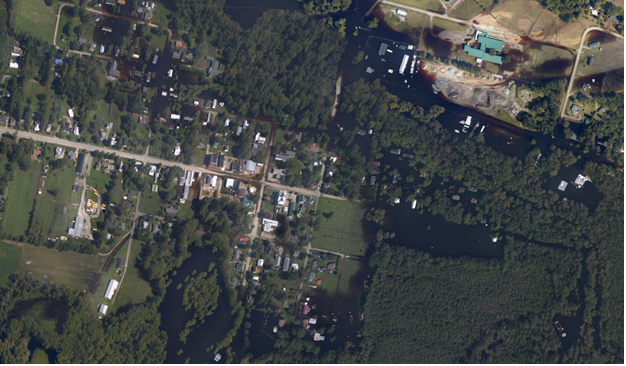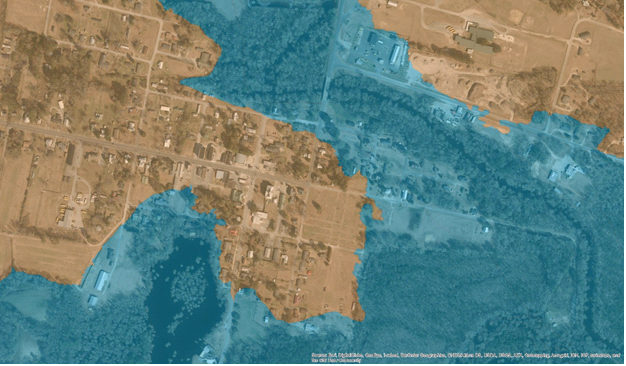 Following the severe flooding caused by Hurricane Florence’s record precipitation over North Carolina, AIR conducted a flood damage survey of the Lumber and Trent river basins. Unlike wind and storm surge, flooding from precipitation associated with hurricanes can impact areas that are far from the highest winds of the storm and can persist long after the storm has dissipated. Our damage survey was particularly interested in the performance of flood control structures, flooding due to heavy precipitation, and the impact of flooding on industrial facilities and commercial buildings.
Following the severe flooding caused by Hurricane Florence’s record precipitation over North Carolina, AIR conducted a flood damage survey of the Lumber and Trent river basins. Unlike wind and storm surge, flooding from precipitation associated with hurricanes can impact areas that are far from the highest winds of the storm and can persist long after the storm has dissipated. Our damage survey was particularly interested in the performance of flood control structures, flooding due to heavy precipitation, and the impact of flooding on industrial facilities and commercial buildings.
While the precipitation from Florence set records, in part due to the storm’s slow forward speed after landfall, the flooding was not unprecedented. Hurricane Matthew brought heavy rains to the state in 2016 and caused flooding in some of the areas we visited. Lumberton, North Carolina, experienced severe flooding from both Matthew and Florence, and as a result we were able to observe how businesses and residents prepared (or did not prepare) for flooding.
Lumberton: Prepared, but Still Devastated
The City of Lumberton, surrounded by cotton fields and connected to the world by Interstate 95 and railroads, was an important center of textile manufacturing in North Carolina. Both I-95 and the railroad proved to be weaknesses in Lumberton’s flood defense system: Water from the Lumber River poured over I-95 where it connects with the levee built in the 1970s to protect South Lumberton and coursed through the railroad underpass built into the levee (Figure 1).
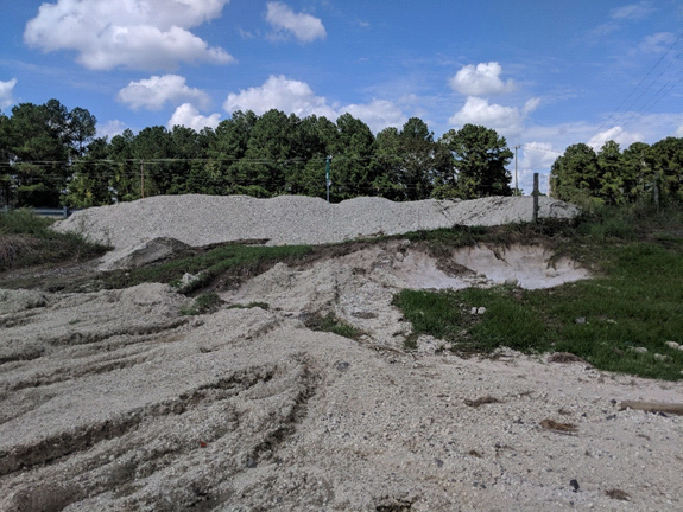
In preparation for Florence, the citizens of Lumberton built an emergency levee at the railroad underpass with sandbags, a sand berm, and reclaimed asphalt (Figure 2). This emergency flood defense was only able to delay flooding in South and West Lumberton. Eventually it failed, and a wave of water washed into the neighborhood, flooding homes, businesses, and churches. I-95 was also overtopped by the surging Lumber River and contributed to flooding in the area.
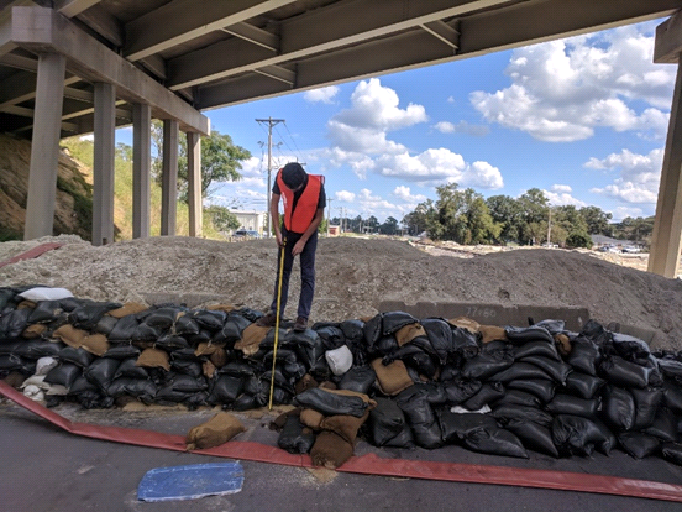
Even in areas far from the levee breaches, Florence’s torrential rains caused pluvial flooding that impacted both businesses and homes. Near the Lumberton Regional Airport, we measured watermarks as high as 6 inches on buildings, despite the area being far from any permanent river or stream. The flat topography of the area likely caused rainwater to pond there and enter structures in this neighborhood.
Trenton: A Small Town Inundated
Located on the banks of the Trent River (Figure 3), Trenton is the one-stoplight county seat of Jones County. The Trent flooded during Floyd in 1999 and Matthew in 2016, but with no levees along the Trent or Crooked Run to the South, there was nothing to prevent massive flooding from inundating the entire town. Flood depths ranged from 1 to more than 9 feet within structures surveyed in the town.
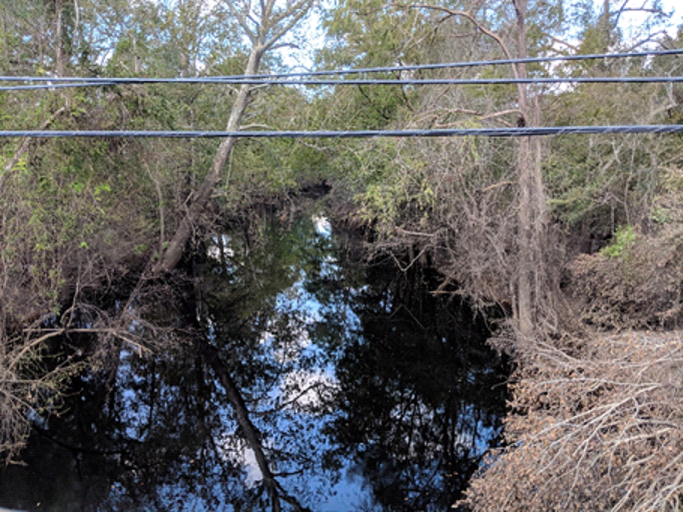
In addition to riverine flooding, areas far from the river along the road into Trenton were damaged, likely by the excess runoff from Florence’s torrential rains (Figures 4 and 5). Unlike in Lumberton, emergency flood defenses had almost no effect on limiting flood damage due to the extreme intensity of the flooding. Some homeowners elevated their belongings or sandbagged businesses, but floodwaters were deep enough to inundate structures, even those outside the 1% FEMA flood zone, and to a depth where much of the contents was destroyed.
